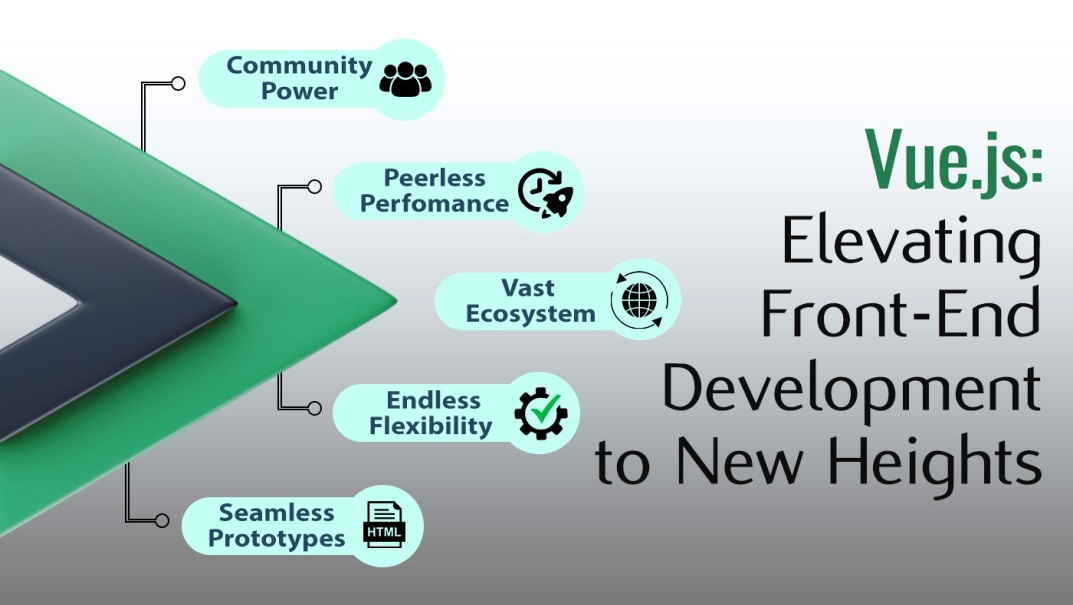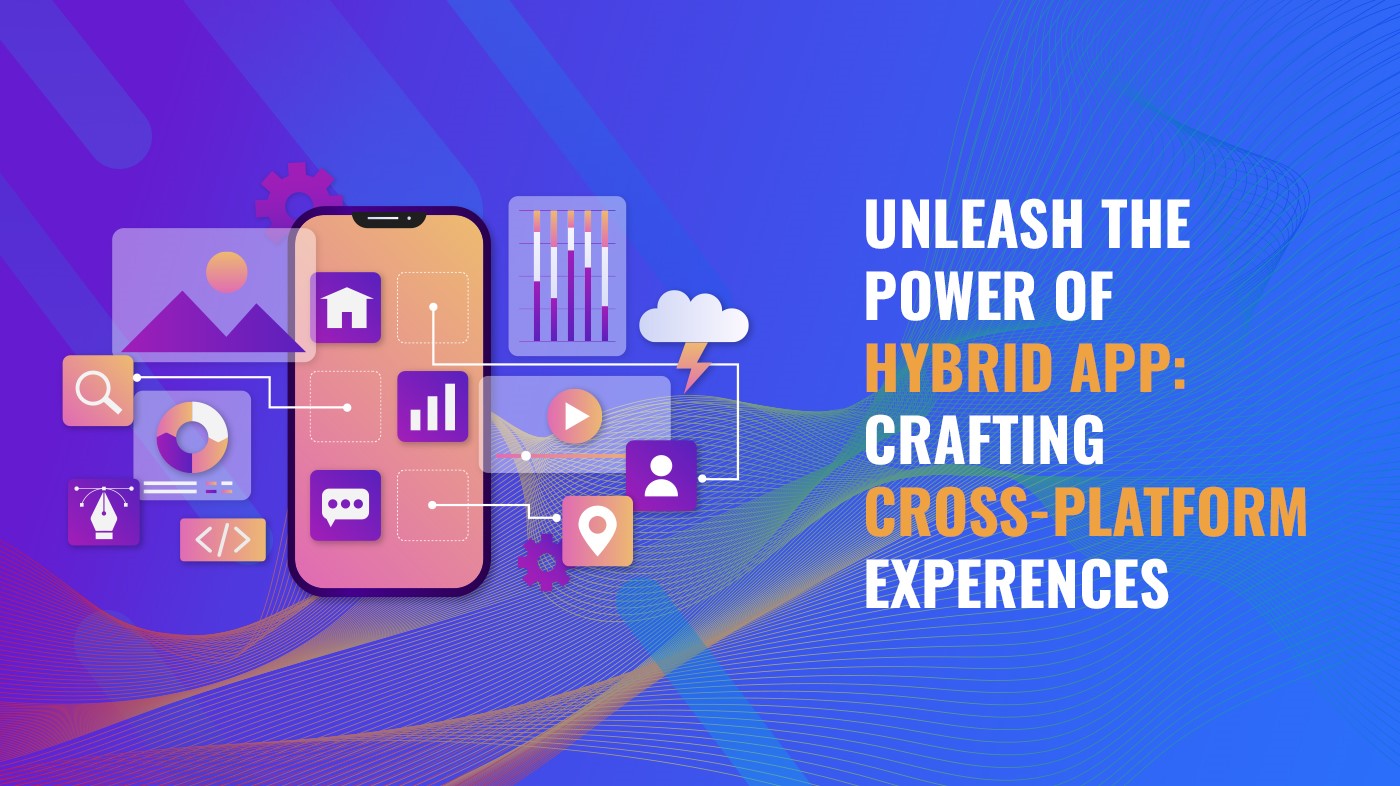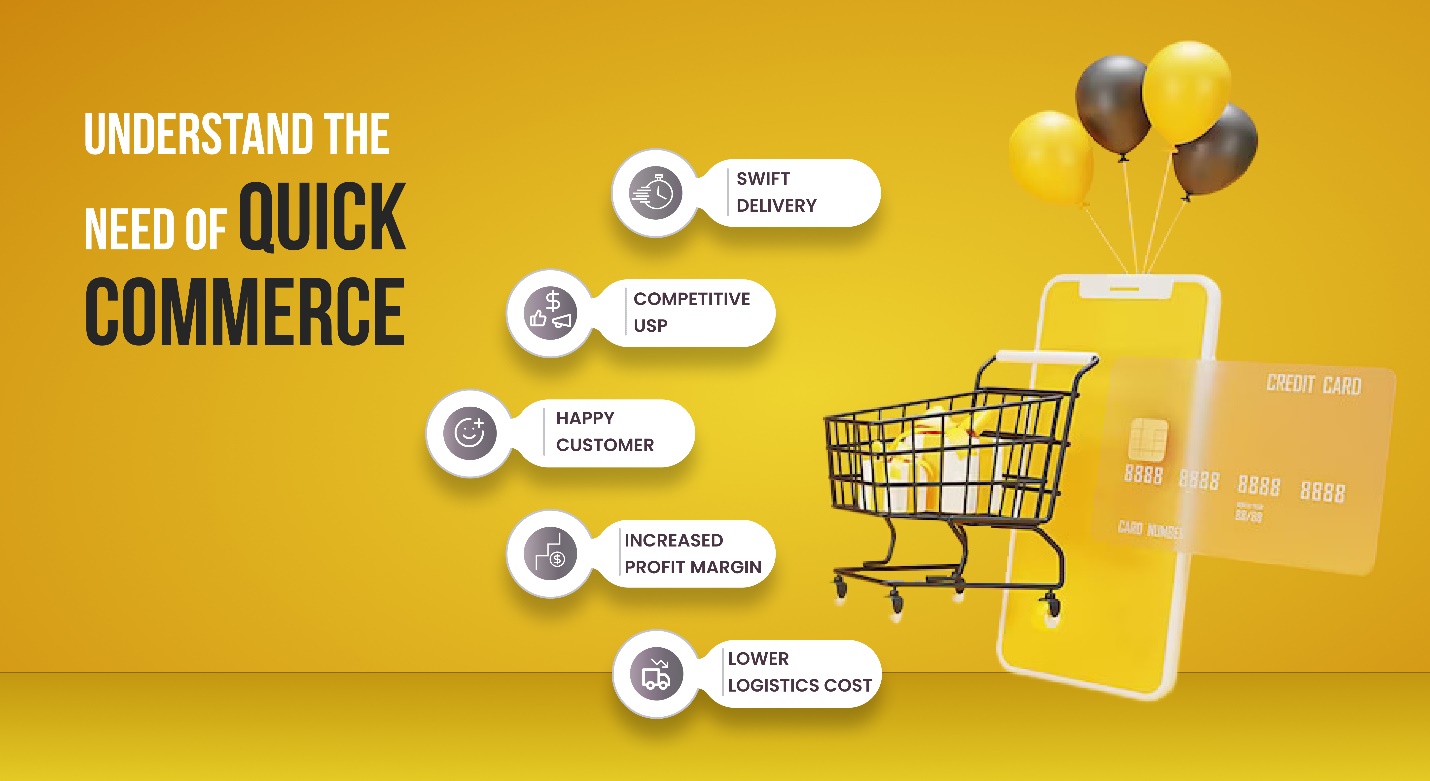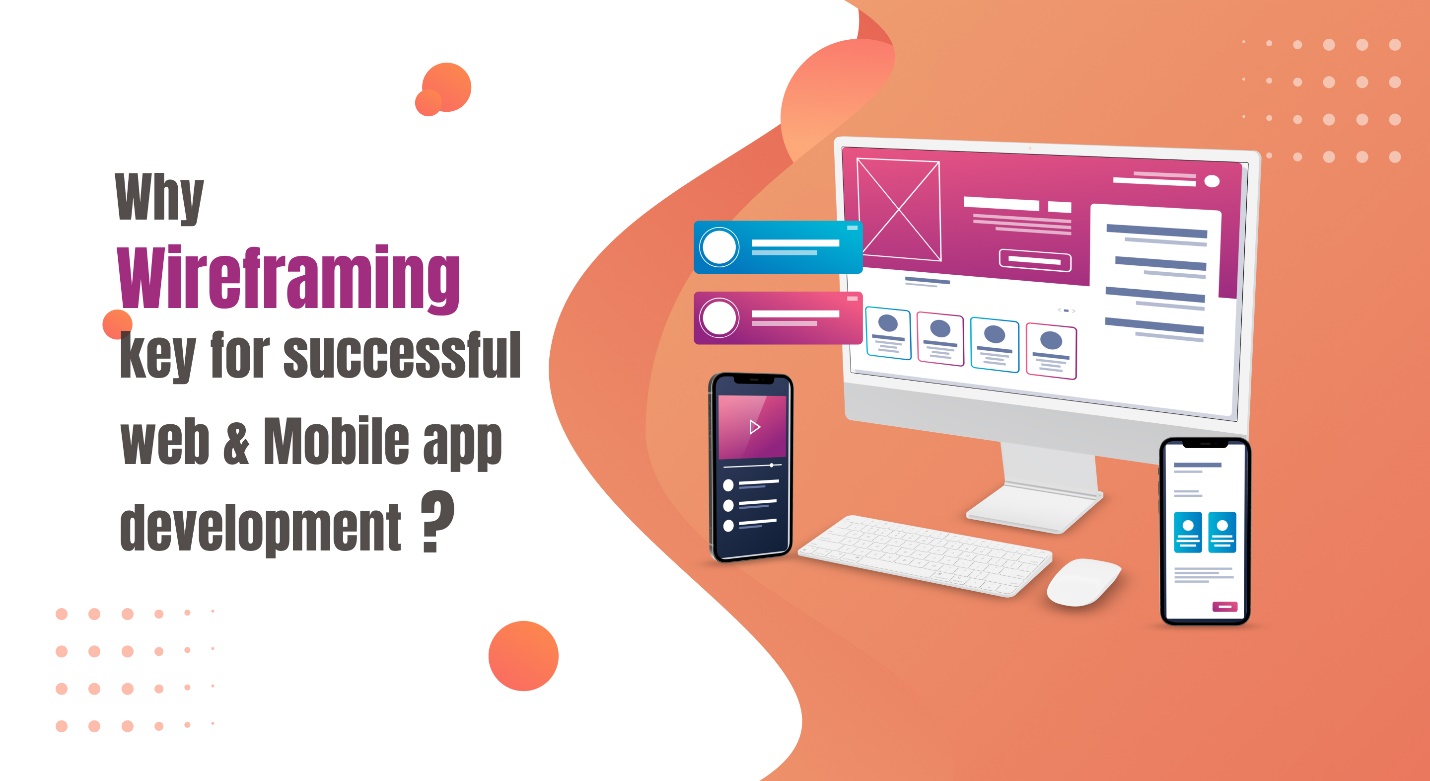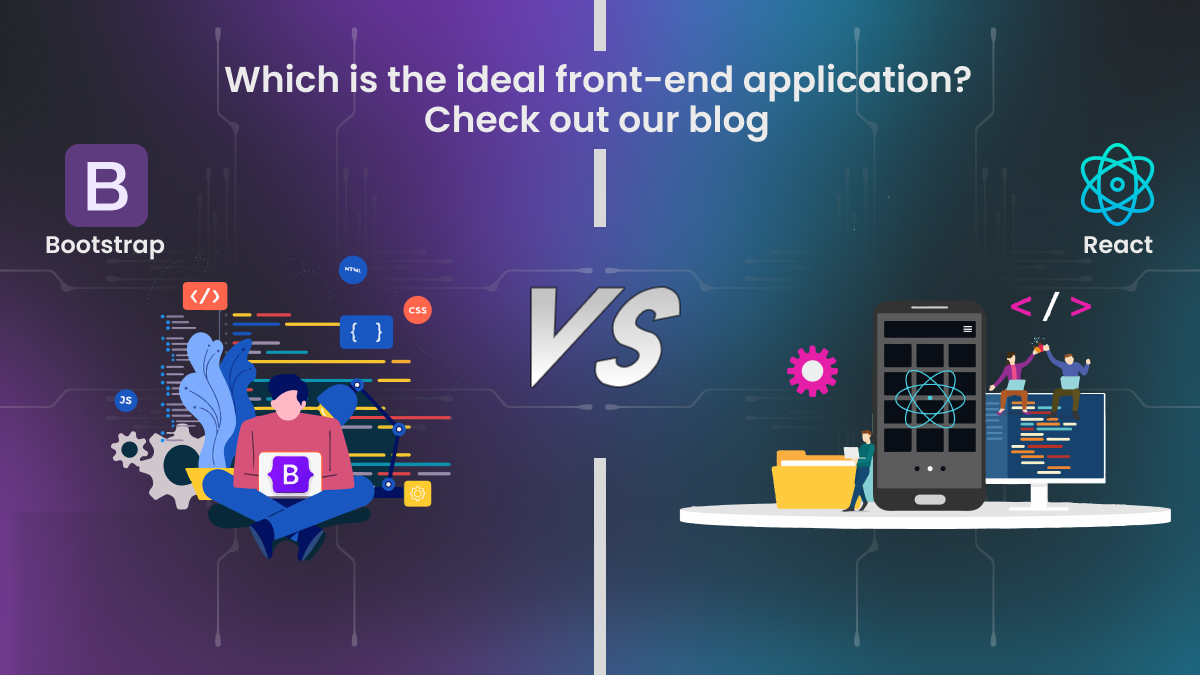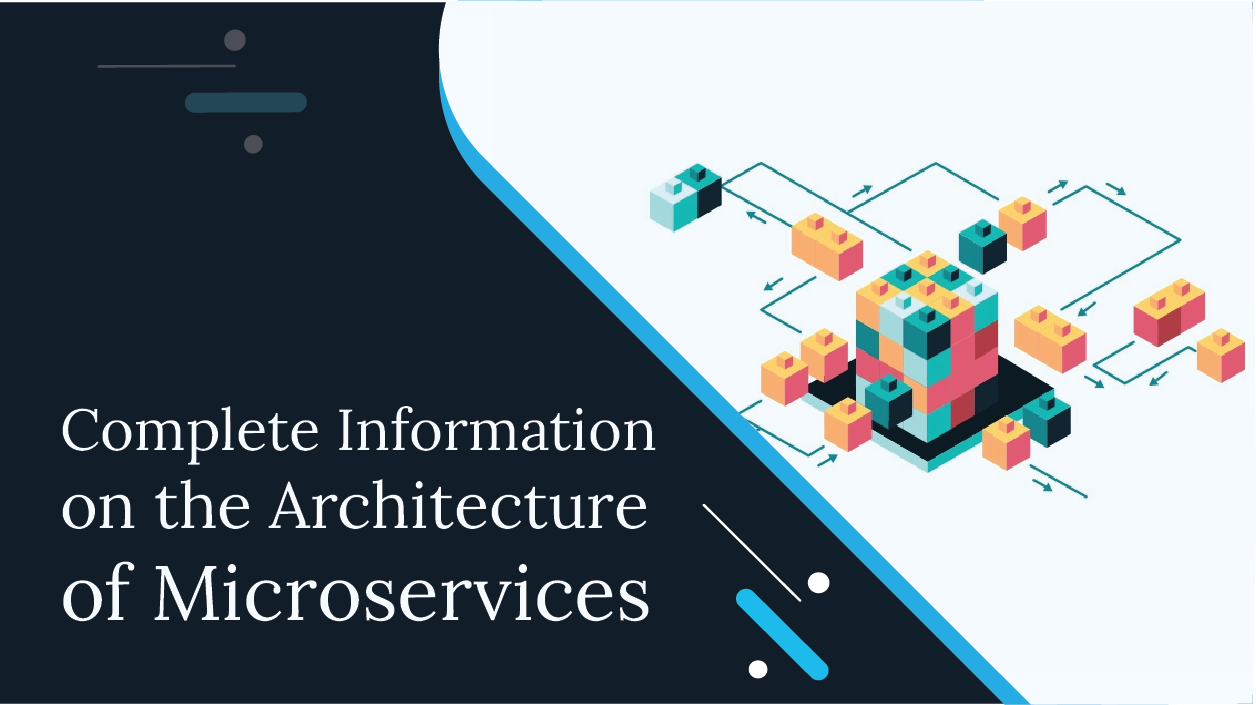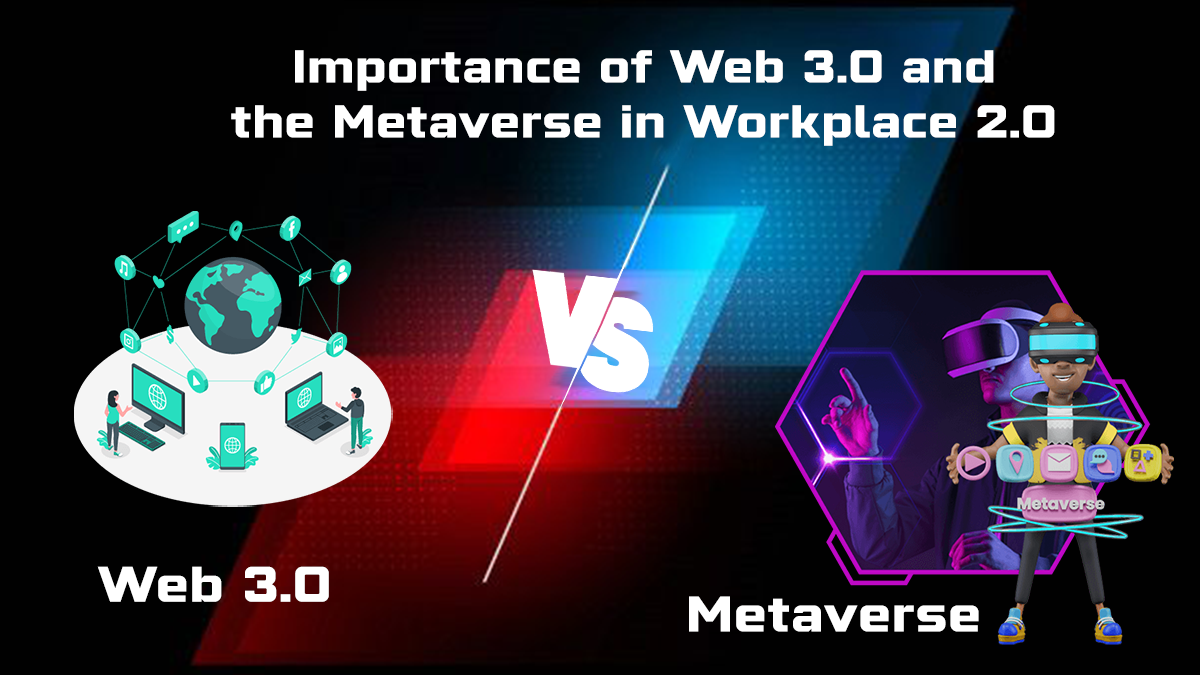Vue JS is an open-source JavaScript that helps you build user interfaces and applications on a single-page. Vue JS is designed to be easy to use, lightweight, and fast. It’s a progressive framework, which means that you can start using it without rewriting your existing code. And it’s easy to scale up; as your needs grow, you can add more features to your Vue apps without making them too complicated.
If you’re looking for a front-end framework that’s easy to learn and quick to develop, give Vue JS a try.
Advantages of Vue JS for Front-End Development
Vue JS is a front-end development framework that has a lot to offer web developers. It is simple to use and can be easily integrated into existing projects. Vue JS also provides good performance, making it a good choice for building fast and responsive web applications. In addition, Vue JS is Open Source and free to use.
How to Get Started with Vue JS
If you’re looking to get started with Vue JS, there are a few things you need to know. First, Vue JS is a JavaScript framework for building user interfaces and single-page applications. It’s similar to other frameworks like React and Angular, but it’s much smaller and easier to learn.
Second, Vue JS uses a component-based architecture, which means that your application is composed of small, self-contained units called components. Each component has its state (data), markup (HTML), and styles (CSS).
Finally, Vue JS comes with a lot of features out of the box, such as two-way data binding, cross-component communication, and an easy-to-use CLI.
Challenges of Working with Vue JS
When it comes to front-end development, Vue JS is one of the most popular frameworks. It is lightweight and easy to use, making it a great choice for developers who want to create fast and responsive user interfaces.
However, working with Vue JS can also be challenging. Because it is so easy to use, it can be tempting to write code that is not well organized or manageable. This can lead to problems down the road when trying to maintain or update the code.
It is also important to be aware of the potential performance issues that can arise with Vue JS applications. Because Vue JS is designed to be performant, some developers may inadvertently write code that is not as efficient as it could be.
Lastly, while Vue JS has a lot of features and benefits, it is still relatively new and lacks some of the stability and maturity of other frameworks. This can make it more difficult to find support or resources when needed.
Summing Up
Vue JS Web App development is becoming increasingly popular as a front-end development tool due to its versatility and scalability. By taking advantage of the many features Vue has to offer, developers can create complex yet lightweight applications that meet customer needs quickly and effectively. With its ability to stay up-to-date with the latest web technologies, Vue provides an efficient way for developers to create modern web apps in minimal time.
Whether you’re just getting started or already have experience in front-end development, understanding the importance of Vue JS will help improve your workflow and result.

